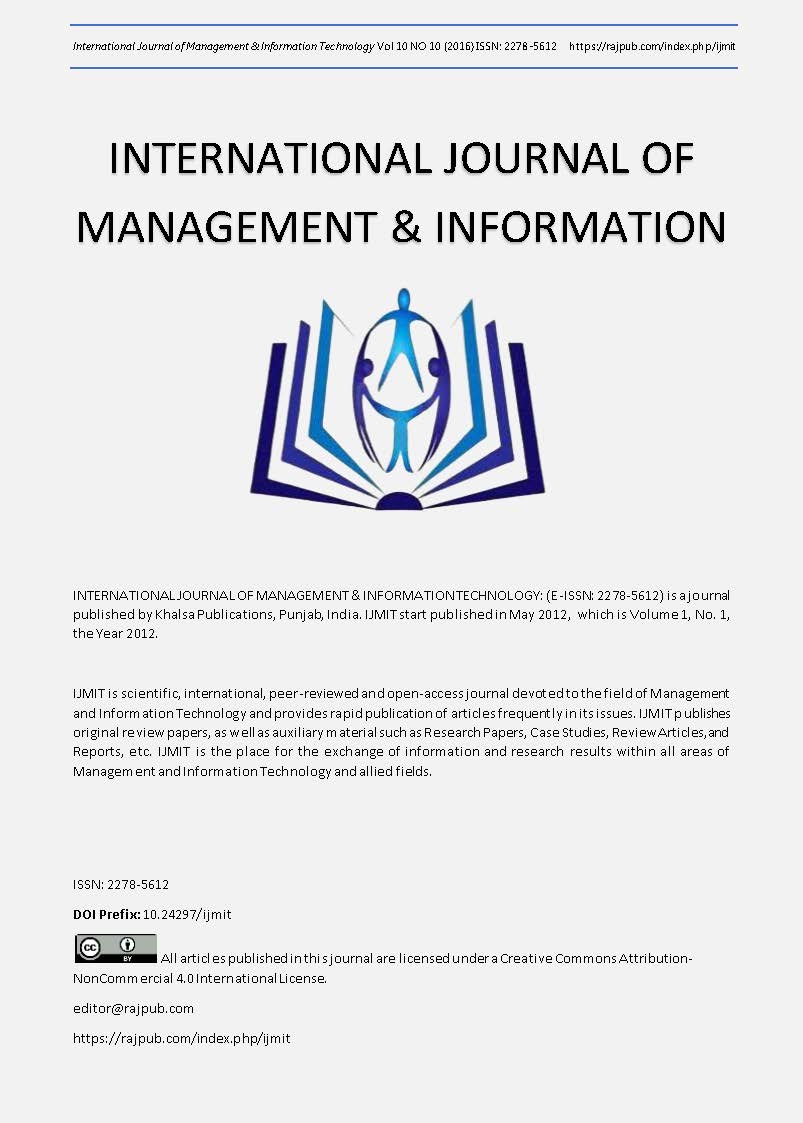ANALYSIS OF GEOGRAPHIC DISTANCE EFFECTS ON INTERNATIONAL TRADE FLOWS AS A PUBLIC POLICY: EVIDENCE FROM EAC AND NAFTA COUNTRIES.
DOI:
https://doi.org/10.24297/ijmit.v10i10.5126Keywords:
Bilateral trade flows, EAC, Geographic distance, International trade, NAFTA, Public Policies.Abstract
Previous studies have shown that the geographic distance is among the factors that can typically results in diminished trade flows between two or more countries. As the international trade is one among the public policies, the governments of countries have to take control policies about their imports and exports after signing some trade contracts or agreements of eliminating trade barriers between trade countries. This paper analyzes and compares how the geographic distance affects the international trade flows of developed and developing countries economies and becomes the obstacle to the developing countries to achieve their objectives and goals in eliminating trade barriers between their trading partners. The gravity model with panel data sets for period of 2008 to 2011 are used to determine the geographic distance effects in those countries. The sample size is bilateral trade flows of eight developing countries with lower income of EAC and two developed countries and one developing country with middle income of NAFTA. The study discovers that the various factors influence the geographic distance effects on international trade flows of developed and developing countries in different ways. This paper recommends that the signed policies between countries should be observed, maintained and followed in order to achieve expected objectives.
Downloads
Downloads
Published
How to Cite
Issue
Section
License
 All articles published in Journal of Advances in Linguistics are licensed under a Creative Commons Attribution 4.0 International License.
All articles published in Journal of Advances in Linguistics are licensed under a Creative Commons Attribution 4.0 International License.








